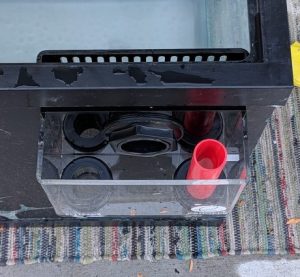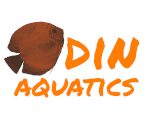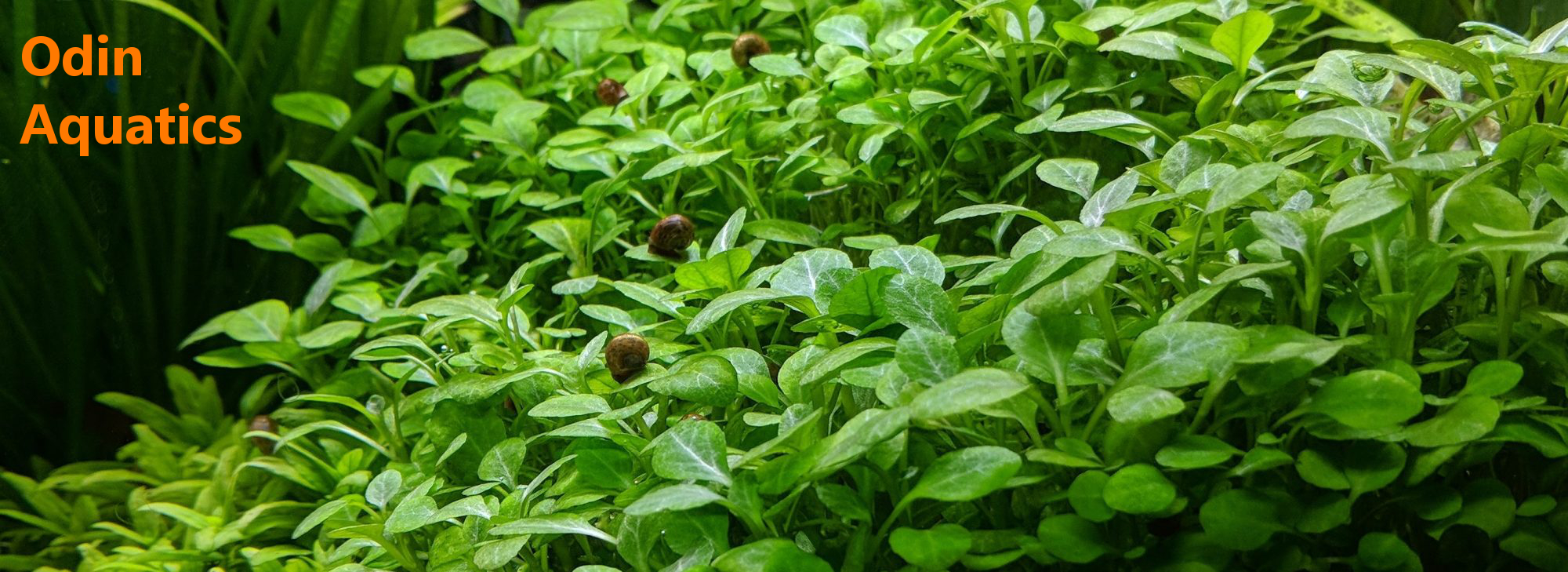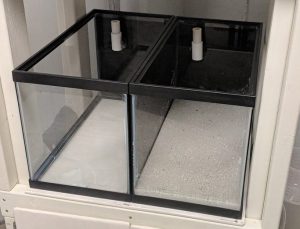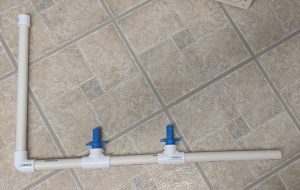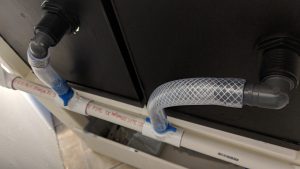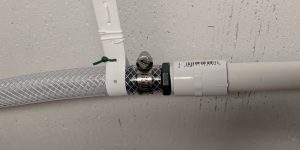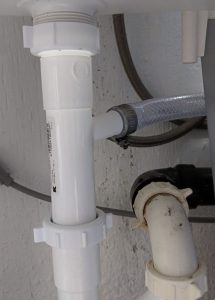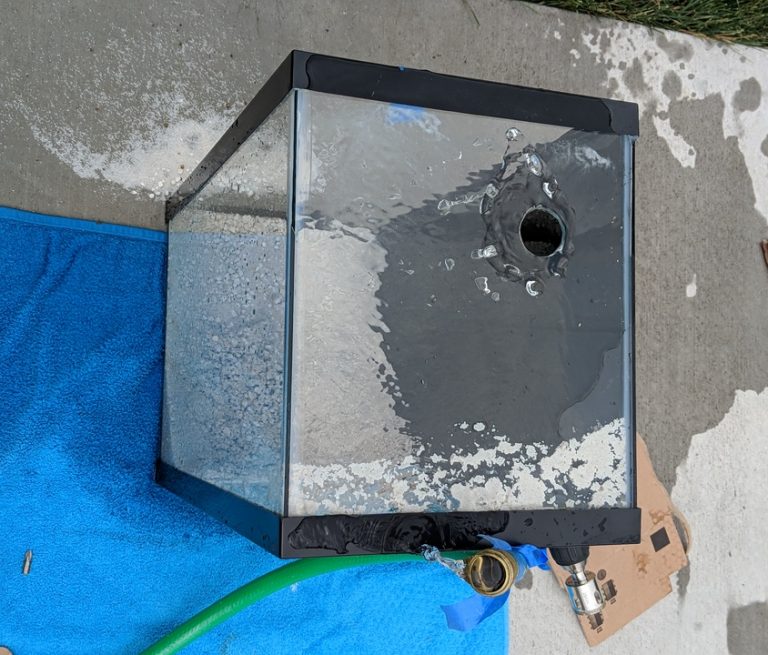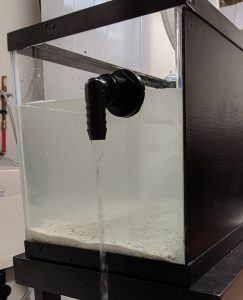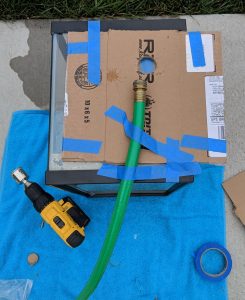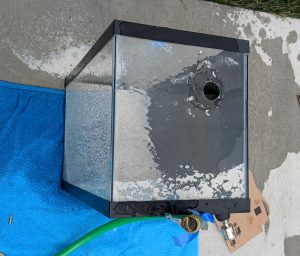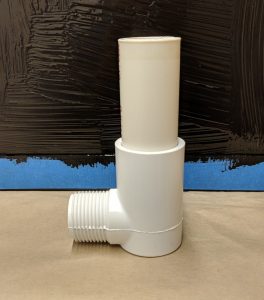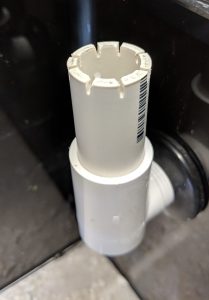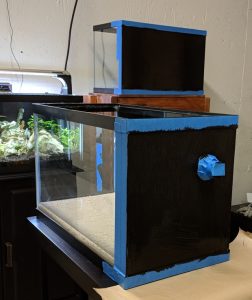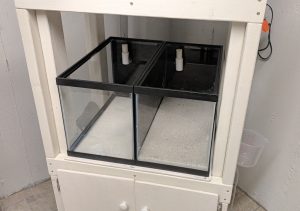My 90 gallon freshwater aquarium is filtered by a sump made from a 20 gallon long tank. Details on that build will be posted soon. I bought the tank second hand and it came with an Eshopps hang on back overflow, but I decided to drill it after doing a lot of research about different plumbing options. I don't want to have to worry about losing siphon in a HOB overflow, and the Eshopps Eclipse overflow box I chose takes up less space inside the tank and looks cleaner.
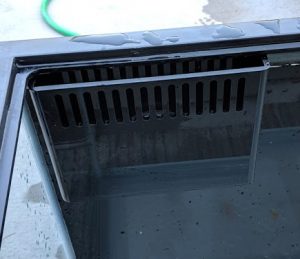
I bought this aquarium used, so I was not sure what brand it was, but based on the dimensions and the design I believe its a standard Aqueon 90 gallon. This is important to know so that you can determine whether or not the glass is tempered. Aqueon has a great reference sheet that lists the dimensions of all of their tanks and whether they have tempered bottoms. I still checked the sides of the tank with polarized glasses and a cellphone in sunlight to make sure they were not tempered.
Drilling the Tank
The Eshopps Eclipse overflow comes with an included drilling template and diamond coated hole saw. This helped tremendously because it eliminated the need for me to measure and mark where I wanted to drill. I also didn't have to make my own template to get the hole started. The template is a piece of acrylic with a hole sized for a 1.5" bulkhead.
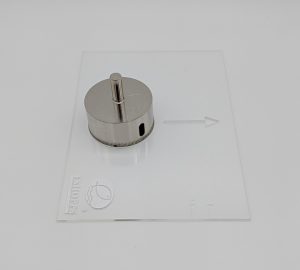
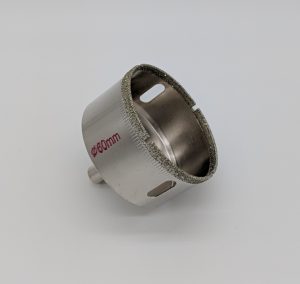
To drill the hole I clamped the template onto the inside of the back wall of the tank. With this kit, its important to push the top of the template up to the inside rim of the tank so that the water level isn't set too low. I didn't want to lay such a large aquarium on its side, so I drilled the hole with it upright. I clamped a hose onto the rim of the tank to keep a stream of water on the drill bit.
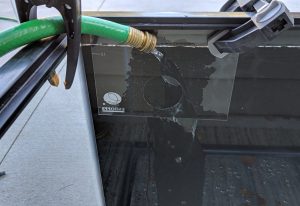
The actual drilling was similar to what I covered in my post about drilling 10 gallon aquariums. It took about 15 minutes to drill all the way through the glass. The side of a 90 gallon tank is about 3/8" thick, and I didn't want to go too fast and crack it. I ended up with a nice clean hole for the overflow bulkhead.
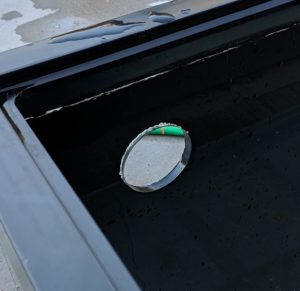
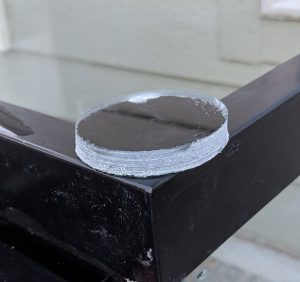
I decided not to drill the tank for a return - because I will probably want to make a spray bar or play around with different returns - so this was the only hole I had to make. Having a drilled overflow makes me feel a lot better about the risk of the tank overflowing. Below is a shot of the overflow box on the back of the tank. I'll go into more detail on the plumbing and filtration for this aquarium in a later update.
